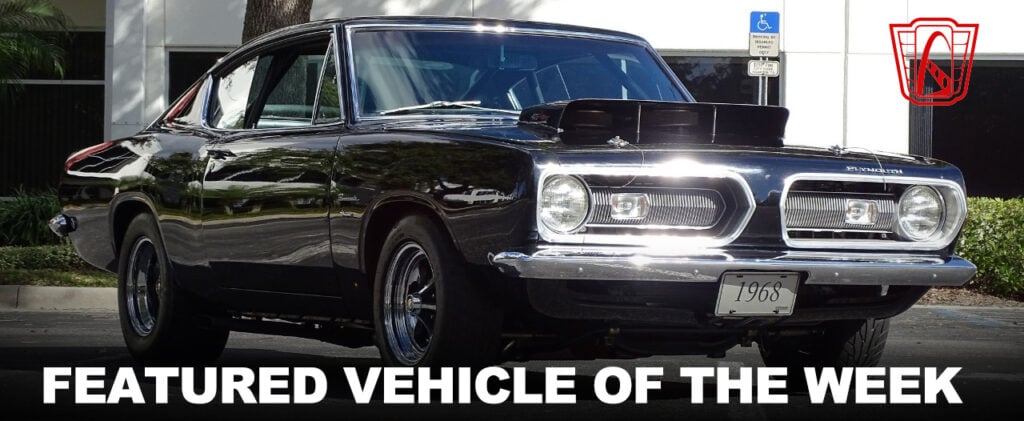
Kimberly V. Althage – March 25, 2022
The Chrysler-Plymouth Barracuda name plate was born at a time when sporty, compact cars became all the rage. People demanded affordable compact cars equipped with powerful V8 engines. These became known as the “pony car.” The Barracuda had an impressive ten-year manufacturing run from 1964-1974, albeit with a rough start. But they definitively marked their spot in the muscle car era.
Did you know the Barracuda was the original pony car? The Barracuda badge first hit the road in the form of a fastback on April 1, 1964, a full two weeks, or 16 days before the Ford Mustang’s introduction. Although the Chrysler Corporation was the first to market what would be later defined as the “Pony” car, the Mustang being named after a free-living horse, and relating to horsepower, became synonymous with pony cars instead.
Speaking of names, the Barracuda was initially dubbed the Panda. It’s what Plymouth executives wanted to name the new model, but the designers had better sense and vetoed that name in favor of Barracuda, thankfully. Created from necessity, muscle cars of the era were either a Ford Mustang or in response to it. Although the Barracuda beat the Mustang to market it still falls into the latter category.
Chrysler-Plymouth rushed to make the Barracuda a first strike against Ford’s upcoming Mustang project. For one, Ford’s project wasn’t a secret – rumors had been circulating since spy photos were leaked to the public as early as 1962. Naturally, Ford judged correctly a niche needed to be filled and their well-played publicity stunt fueled speculation and anticipation from Ford fans everywhere.
Like Ford, Plymouth used a budget vehicle as a starting point. The first generation of Barracuda was nothing more than a slightly redesigned and upgraded Plymouth Valiant. In fact, at launch it was called the Valiant Barracuda and was less of a muscle car and more a frugal family fastback. Money was tight and making extensive changes to the Valiant would have been prohibitively expensive. Equally important to Plymouth management was beating Ford’s Mustang to market. Hence their building on the A-body platform of the Valiant while offering a fastback approach.
Being first, it turns out, is no great advantage if nobody notices due to ambivalent messaging. Chrysler-Plymouth’s campaign effort indicated they were not exactly sure how to market the car. The executives failed to realize the whole point of specialty cars is to offer what mainstream family cars lack. Their generic marketing touted the Barracuda as being the car for all ages, while the rival Mustang focused efforts on being sportier and targeted a more youthful demographic.
Early Barracuda ads emphasized its utility and versatility. In fact, an unnamed executive once told a perplexed Car and Driver editor that they expected the Barracuda to snare a few Corvette buyers. The editor’s confusion was understandable considering much was made of the Barracuda’s cargo-carrying versatility available by the folding rear seat, leaving “plenty of room for surfboards, guitar amplifiers, or even your etchings.”
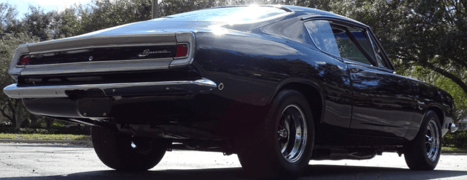
This “active lifestyle” trope became cliché for marketing compact sport-utility vehicles of a later era. But for the mid-60s and for purposes of promoting a sporty fastback to a youthful audience it was an odd choice. Such mixed messages might not have mattered had the Ford Mustang never existed. While Plymouth’s pitch of the Barracuda was it being a car “for people of all ages and interests,” as Ford and Chevrolet targeted their marketing to young professionals promoting an image of mystique and street cred. Plymouth seemed hapless and confused by comparison, considering economical and family oriented was not appealing to the youth. All of which proved to be a weakness for the Barracuda and became a crippling image problem resulting in unimpressive sales numbers.
Hammered by booming Mustang sales, Chrysler management became convinced it was worth investing the money to further differentiate the Barracuda from the Valiant. As a result, the second-generation Barracuda was heavily redesigned. According to designer Milt Antonick, its styling drew some inspiration from the Studebaker Avanti. The second-generation Barracuda finally debuted in late November 1966 as a 1967 model, but things really started to turn around with the 1968 model like this one featured. This is when Plymouth offered the Barracuda with the legendary Hemi V8 engine.
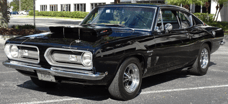
The second-generation Barracuda all share the same body shell, interior and overall basic features. The quickest way to tell each year apart from another are the side marker lights. The ’67’s have none, small rounds lights with no reflectors were added in ’68 to fall in line with Federal guidelines, and the ‘69s have small rectangular side marker reflectors with no lights. The 1968 Barracuda was slightly restyled with a new flute grille and taillights that blended with the rear deck. Otherwise, they are nearly identical inside and out, except under the hood.
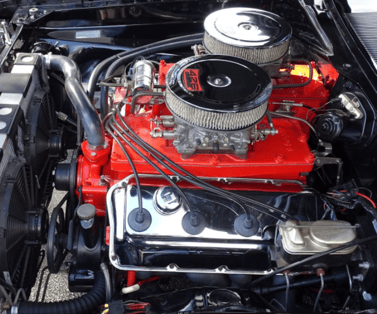
The ’68 was the middle-child of the second generation of Barracuda. As the pony-car class became established and the competition increased, Plymouth began to revise the Barracuda’s engine options. The hemispherical head design was revived in 1964, and this “Elephant Engine” became well known for its high-performance power. These were the first engines officially designated as Hemi engines, a name Chrysler officially trademarked. A limited run of around fifty 1968 fastback Barracudas (tag code B029) were equipped with the monstrous 426 cubic inch Hemi V8, also known as “A-bombs,” for Super Stock drag racing.
This Super Stock 426 Hemi package intended for stock racing afficionados, was initially available only to professional drag racers. The ’68 Barracuda might not have had the look of the Mustang or the Camaro, but on the drag strip it was king and how Hemi became a Chrysler icon. Advertisements of the era stated Chrysler would pay those who raced these stocked Barracudas. “Any Plymouth that takes Stock Eliminator at a NHRA National or Regional gets a cash contingency award from us,” the ads stated.
This Barracuda is a faithful recreation of a RO-23 Factory Super Stock Race Car and is a true sight to behold. This meticulously built Mopar’s 426 Hemi was built part by part to recreate the rare factory option. True to the “A-bombs” of the era anything and everything not essential to the drag strip was removed such as its rear seat. This beast is equipped with a Dana S-60 rear axle and a roll cage which only adds to the car’s serious look.
This rocket on wheels is a feisty package yet capable of taking turns with gyroscope sureness. To learn more about this beautiful 1968 Barracuda Hemi RO-23 Clone, please contact our team in our Orlando Showroom.
Gateway Classic Cars sells and consigns hundreds of vehicles each month. Do you have a classic car for sale with a story to tell? We’d love to hear about it, please email us at news@gatewayclassiccars.com to share it.
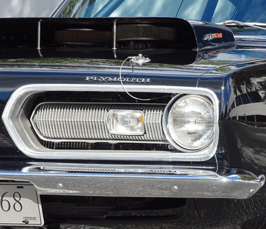
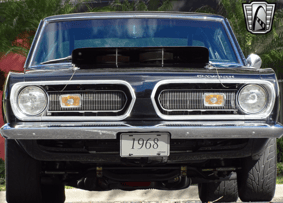

Comments